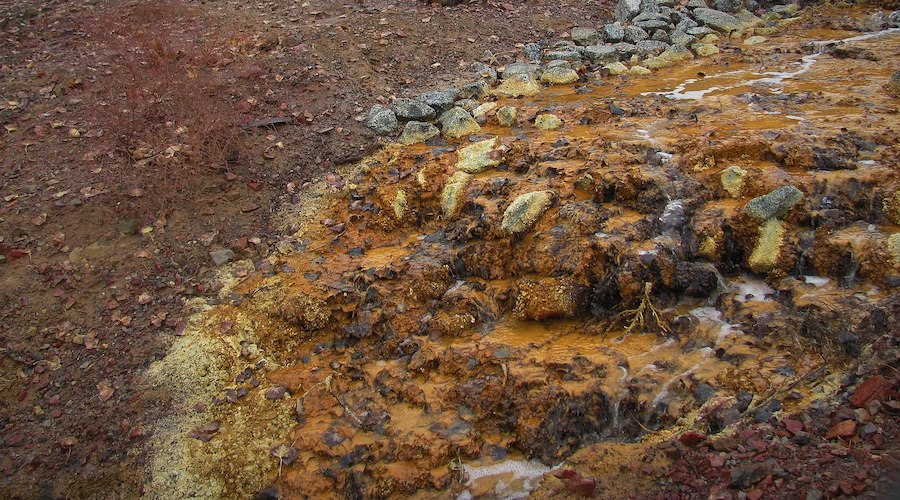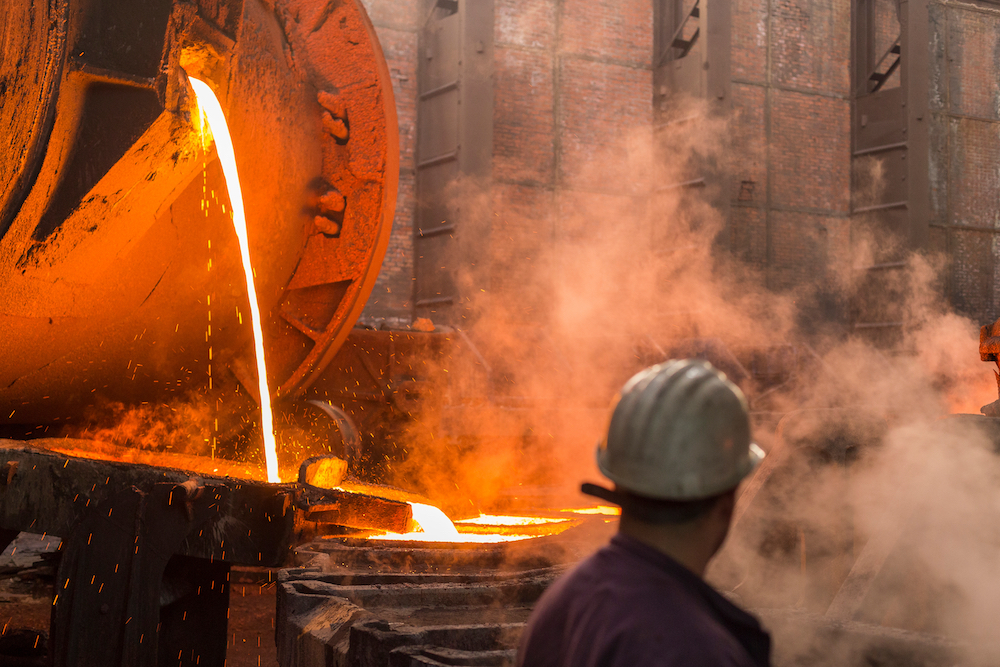âRight materialâ to efficiently remove mercury from water shows promising results


“Modern adsorbents, such as resins, mesoporous silica, chalcogenides, and mesoporous carbons, have higher efficiencies than traditional adsorbents, such as activated carbon, clays, and zeolites that have a low affinity toward mercury and low capacities,” Soroush said in a media statement. “However, the problem with all these materials, is that their mercury-removal efficiencies are still low, and they are unable to lower mercury level to less than 1 part per billion.”
Soroush’s team of researchers from Drexel and Temple University has explored synthesizing and using a surface-modified titanium carbide MXene for mercury removal. MXenes are a family of two-dimensional nanomaterials that was discovered more than a decade ago and has demonstrated many exceptional properties.
Titanium carbide MXene
For mercury ion removal, titanium carbide MXene’s advantages are its negatively charged surface and the tunability and versatility of its surface chemistry, rendering it attractive for heavy metal ion removal.
“We knew that 2D materials, such as graphene oxide and molybdenum disulphide, had previously been effective in removing heavy metals from wastewater through adsorption because of their chemical functionalities/structures that attract metal ions,” Soroush said. “MXenes are a similar type of materials but we estimated that titanium carbide MXene could have much greater uptake capacities than these other materials—therefore making it a better sorbent for mercury ions.”
But Soroush’s team needed to make a key adjustment to titanium carbide MXene’s chemical structure to further improve the material for one of its most challenging tasks.
“Mercury is called quicksilver for a reason—it’s quite evasive once emitted into the environment, whether by burning fossil fuels, mining, or waste incineration,” Soroush explained. “It quickly changes its chemical form—increasing its toxicity and making it tremendously difficult to remove from the bodies of water where it inevitably accumulates. So, to attract mercury ions even faster we needed to modify the surface of titanium carbide MXene flakes.”
There is a natural attraction between mercury ions and titanium carbide MXene surface, as metal ions are positively charged and the surface of the MXene flakes is negatively charged. However, to pull mercury ions out of water more strongly the team needed to give this attraction a boost.
To this end, they treated the MXene flakes with chloroacetic acid —a process called carboxylation— which provides the MXene with highly mobile, strong carboxylic acid groups and increases the MXene-flakes surface negative charge, improving the ability of the flakes to attract and retain mercury ions.
Faster mercury-ion uptake
The result was a new sorbent material called carboxylated titanium carbide MXene, which demonstrated a faster mercury-ion uptake and greater capacity than all commercially available adsorbents.
“Carboxylated titanium carbide MXene proved to be far superior to sorbent material currently being used for mercury-ion removal,” Soroush said. “Within one minute it was able to remove 95% of mercury ions from a water sample contaminated at a concentration of 50 parts per million, which means it could be effective and efficient enough for use in large scale wastewater treatment.”
Within five minutes, titanium carbide MXene and carboxylated titanium carbide MXene removed 98% of mercury ions from a 10-millilitre water sample contaminated with mercury ions at concentrations between 1 and 1,000 parts per million.
“This indicates that both [MXene] and [carboxylated MXene] are effective adsorbents to remove mercury ions from wastewater due to their special structural properties and high density of surface functional groups,” the team wrote in a paper published in the Journal of Hazardous Materials.
“Generally, the adsorption mechanism of metal ions follows two steps; at first, the ions are quickly adsorbed on the available active sites, and the process is swift. The adsorption proceeds slower as the adsorption sites fill up, and the ions are required to diffuse into the pores and interlayer.”
This post has been syndicated from a third-party source. View the original article here.




